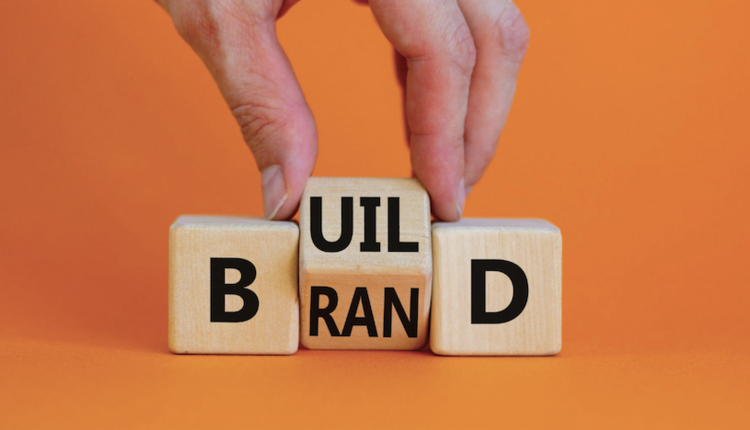
You know the situation: Your reliable client is suddenly late, and she arrives breathless and frazzled. It’s your job to not only provide the best and safest workout possible but also help her feel better. Much of our daily lives are spent in our heads, focused on what we’re thinking and doing rather than how we’re feeling. With all the demands of work and home and family (often tripled around holiday months), we’re often required to stay one full step ahead just to get through the day and allow our clients to get through their day, too. The problem is that when we navigate through life led by our thoughts alone, we miss out on a world of information available to the body and spirit.
So you should try meditation… really! Whether you are attempting it or you are leading a faithful client down this road, expect it to feel awkward at first. Prop them up comfortably against a wall or in a cross-legged position, and ask them to try and relax their minds. You might say something like, “Become acutely aware of everything around you, but don’t allow anything to alter your state of mind. Accept whatever comes up, and kindly banish all thoughts, breathing deeply only through the nose. Instead of using energy to let the distractions add up, fight inner restlessness by repeating a loving phrase or imaging a scene of peacefulness.” Allow clients to sit for several minutes either before or after (or both) the physical workout begins.
There are multiple benefits to performing regular meditation:
- Stimulates your parasympathetic nervous system, which helps the body repair and rebuild.
- Clears your mind for improved clarity and better sleep.
- Refines your ability to focus on goals and solutions.
- Boosts the immune system by slowing production of stress hormones.
Ask the client to sit in a comfortable position, close their eyes and slow their breath. Practice this type of breathing, which focuses on deeper inhalations, and then apply it to the posture below during the final stretch with your clients. On every inhale through the nose, open and expand your chest (and heart), then keep that expansiveness during the exhale. Try to make inhales slightly longer in duration than the exhales, maybe in a ratio of six seconds to four seconds, or even 10 to eight. Once you have the hang of it, work them into this cool-down stretch in order to sustain longer inhales:
Bridge: Lie back with knees bent and feet fl at to floor. Straighten arms at your sides (palms down), and lift hips, walking your shoulders under your body. Close your eyes, and practice expanding the breath for a minute or two.
Beth Shaw is the founder and creator of YogaFit Training Systems Inc. (www.yogafit.com) and is the author of YOGAFIT. Beth presents at all major yoga and fitness conferences worldwide, and she is a frequent contributor to fitness magazines and a huge animal rights advocate. She holds a BA in Business from Long Island University and numerous yoga, fitness and mind/body certifications.












